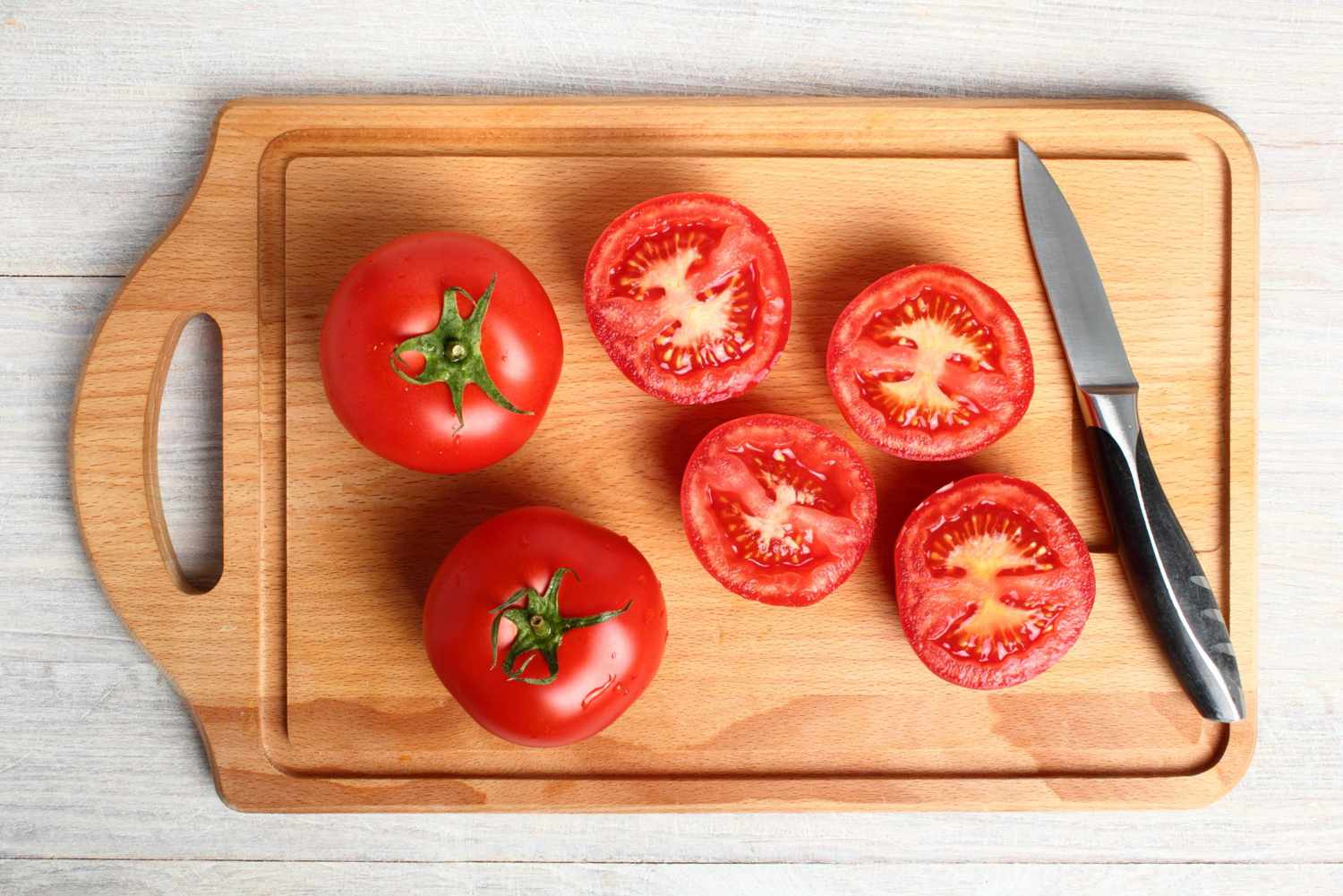

Articles
How To Store Chopped Tomatoes
Modified: January 6, 2024
Learn the best techniques for storing chopped tomatoes in this helpful article. Keep your tomatoes fresh and flavorful for longer with our expert tips.
(Many of the links in this article redirect to a specific reviewed product. Your purchase of these products through affiliate links helps to generate commission for Storables.com, at no extra cost. Learn more)
Introduction
Chopped tomatoes are a versatile ingredient that can be used in a variety of recipes, from sauces and soups to salsas and stews. While fresh tomatoes are delicious, there are times when you may have a surplus or need to store them for longer periods. Knowing how to properly store chopped tomatoes is essential for maintaining their flavor and quality.
In this article, we will guide you through the steps to store chopped tomatoes, whether in the refrigerator or the freezer. We will also provide tips on selecting the right tomatoes and choosing the appropriate storage containers. By following these instructions, you can extend the shelf life of your chopped tomatoes and have them ready for your culinary creations whenever you need them.
So, let’s dive into the process of storing chopped tomatoes and ensure that you can enjoy their bright and tangy taste long after they have been chopped.
Key Takeaways:
- Preserve the Flavor: Choose firm, ripe tomatoes for chopping and storage. Opt for organic varieties for robust flavor. Properly prepare and store in airtight containers to maintain freshness and quality.
- Versatile Culinary Ingredient: Use stored chopped tomatoes in sauces, soups, salsas, pasta dishes, and more. Thaw properly and adjust seasoning for vibrant, year-round culinary creations.
Read more: How To Store Chopped Broccoli
Step 1: Selection of Tomatoes
The first step in storing chopped tomatoes is to choose the right tomatoes for the job. When selecting tomatoes, look for ones that are ripe but still firm. The ideal tomatoes for chopping and storing are those that are juicy, vibrant, and free from any signs of mold or rot.
While you may be tempted to use overly ripe or soft tomatoes, they are not the best choice for chopping and storing. These tomatoes tend to break down more easily, resulting in a mushy texture when chopped and a shorter shelf life.
Another factor to consider when selecting tomatoes is the variety. Different tomato varieties have different flavors and textures, so choose one that best suits your taste preferences and the recipe you plan to use them in. Common varieties like Roma tomatoes or plum tomatoes are often preferred for their meaty flesh and lower moisture content, which can help with storage.
It’s also important to note that organic tomatoes tend to have a more robust flavor and fewer pesticides compared to conventionally grown ones. If possible, opt for organic tomatoes to ensure you’re getting the best quality.
Once you have chosen the perfect tomatoes, it’s time to move on to the next step: preparing them for storage.
Step 2: Preparation of Tomatoes
Before you chop and store your tomatoes, it’s essential to properly prepare them. Start by washing the tomatoes under cool running water to remove any dirt or residue. Gently pat them dry with a clean kitchen towel or paper towel.
Next, remove any stems or blemishes from the tomatoes using a sharp knife. You can also cut out any tough or discolored portions of the tomato if necessary. Make sure to discard any spoiled or damaged tomatoes, as they can affect the overall quality of the chopped tomatoes.
Once the tomatoes are properly trimmed, you can proceed to chop them according to your preference. Some recipes may require larger chunks, while others may call for finely diced tomatoes. Take your time and use a sharp knife to ensure clean and even cuts.
If you’re planning to use the chopped tomatoes in a sauce or dish that requires the removal of the skin, you can blanch the tomatoes before chopping. To do this, make a small cross-shaped incision on the bottom of each tomato, then plunge them into boiling water for about 30 seconds. Transfer the tomatoes to a bowl of ice water to cool quickly. The skins should easily peel off, leaving you with smooth and skin-free chopped tomatoes.
Now that your tomatoes are properly prepared, it’s time to move on to the next step: choosing the right storage container.
Step 3: Choosing the Right Storage Container
When it comes to storing chopped tomatoes, the choice of the right storage container is crucial. You want to ensure that the container is airtight and able to maintain the freshness of the tomatoes.
Glass jars with tight-fitting lids or food-grade plastic containers with airtight seals are excellent options for storing chopped tomatoes. These containers not only prevent air and moisture from getting in but also keep the aroma and flavors intact.
Avoid using containers made of reactive materials like aluminum or copper, as they can affect the taste and quality of the tomatoes. Additionally, refrain from using containers that have been previously used to store strong-smelling foods, as the odors can transfer to the chopped tomatoes.
If you don’t have suitable containers, you can also use resealable plastic bags. Make sure to squeeze out excess air before sealing the bag to minimize the chances of freezer burn or spoilage. However, keep in mind that plastic bags are not as sturdy as containers and may be prone to leakage.
Before storing the chopped tomatoes, ensure that the chosen container or bag is clean and thoroughly dried. Any residual moisture can lead to spoilage or freezer burn.
Now that you have the proper storage container, let’s move on to the next step: storing chopped tomatoes in the refrigerator.
Step 4: Storing Chopped Tomatoes in the Refrigerator
If you plan to use the chopped tomatoes within a few days, storing them in the refrigerator is the best option. Follow these steps to ensure that your tomatoes stay fresh and flavorful:
- Transfer the chopped tomatoes into the chosen airtight container or resealable bag.
- Press down gently on the tomatoes to remove any air pockets, then seal the container or bag tightly.
- Label the container or bag with the date to keep track of their freshness.
- Place your chopped tomatoes in the refrigerator’s designated storage area.
- Aim to use the chopped tomatoes within 3-5 days for optimal flavor and texture.
It’s important to note that when storing chopped tomatoes in the refrigerator, the texture may soften slightly over time. However, they can still be used in recipes where the texture is not crucial, such as sauces or soups.
Now that you know how to store chopped tomatoes in the refrigerator, let’s move on to the next step: freezing chopped tomatoes for longer storage.
Store chopped tomatoes in an airtight container in the refrigerator. Make sure to use them within 2-3 days for the best flavor and freshness.
Read more: How To Store Chopped Strawberries
Step 5: Freezing Chopped Tomatoes
If you have an abundance of chopped tomatoes or want to store them for an extended period, freezing them is an excellent option. Follow these steps to freeze your chopped tomatoes:
- Transfer the chopped tomatoes into a freezer-safe container, leaving some headspace for expansion.
- If using a plastic bag, remove as much air as possible before sealing.
- Label the container or bag with the date to keep track of their storage time.
- Place the container or bag in the freezer, ensuring it is kept in an upright position.
- For easier portion control, consider freezing the chopped tomatoes in ice cube trays. Once frozen, transfer the tomato cubes into a freezer bag.
By freezing chopped tomatoes, you can extend their shelf life for up to 6-8 months. However, it’s important to note that freezing may affect the texture of the tomatoes, causing them to become more watery when thawed. This makes them ideal for use in cooked dishes rather than raw applications.
Now that you know how to freeze chopped tomatoes, let’s move on to the next step: proper thawing techniques.
Step 6: Proper Thawing Techniques
When it comes time to use your frozen chopped tomatoes, it’s important to thaw them properly to preserve their flavor and texture. Follow these steps for proper thawing:
- For refrigerator thawing, transfer the frozen chopped tomatoes from the freezer to the refrigerator. Allow them to thaw slowly overnight or for several hours until completely thawed. This method preserves the quality of the tomatoes but requires some advanced planning.
- For quicker thawing, you can use the microwave. Place the frozen chopped tomatoes in a microwave-safe container and defrost them using the microwave’s “defrost” setting or at a low power level, checking and stirring them every 30 seconds to prevent uneven thawing.
- If you are in a hurry, you can thaw the frozen chopped tomatoes under cool running water. Place the container or bag in a bowl of cold water and let it sit for about 30 minutes, stirring occasionally. Avoid using warm or hot water, as it can partially cook the tomatoes.
Once your chopped tomatoes are thawed, they can be used in a variety of recipes just like fresh ones. However, keep in mind that the texture may be slightly softer due to freezing. Use them in cooked dishes such as sauces, stews, or soups to fully utilize their rich flavor.
Now that you know how to thaw your frozen chopped tomatoes, let’s move on to the final step: using stored chopped tomatoes.
Step 7: Using Stored Chopped Tomatoes
Now that you have stored and properly thawed your chopped tomatoes, it’s time to put them to use in your culinary creations. Here are a few tips on using stored chopped tomatoes:
- Use them in sauces and soups: Chopped tomatoes are a key ingredient in many tomato-based sauces and soups. Whether you’re making a classic marinara sauce or a hearty tomato soup, the stored chopped tomatoes will add a burst of flavor and natural sweetness.
- Create salsas and dips: Chopped tomatoes work wonders in fresh salsas and dips. Combine them with onions, peppers, herbs, and spices for a delicious and refreshing salsa to serve with chips or as a topping for tacos and grilled meats.
- Add them to casseroles and stews: Chopped tomatoes can elevate the flavor profile of casseroles and stews. Whether you’re preparing a comforting lasagna or a hearty beef stew, the stored tomatoes will infuse the dish with a tangy and savory taste.
- Enhance pasta dishes: Toss the chopped tomatoes into pasta dishes to add a vibrant touch. Pair them with fresh basil, garlic, and olive oil for a simple yet delicious pasta sauce. Alternatively, create a caprese pasta salad by combining the tomatoes with mozzarella, basil, and balsamic vinegar.
- Make bruschetta or crostini toppings: Spread your chopped tomatoes on toasted baguette slices for a delightful bruschetta or crostini topping. Add some basil, garlic, and a drizzle of olive oil for an appetizer bursting with Mediterranean flavors.
Remember to adjust the seasoning and cooking time accordingly when using stored chopped tomatoes. Since they have been previously frozen or refrigerated, their moisture content and flavor may differ slightly from fresh tomatoes.
By following these steps and utilizing your stored chopped tomatoes in various recipes, you can enjoy the flavors of summer all year round.
As a final note, always trust your senses and use your best judgment when it comes to the quality and freshness of the stored chopped tomatoes. If they have an off smell, taste, or appearance, it’s best to discard them to ensure food safety.
With these simple guidelines, you can confidently store, thaw, and use your chopped tomatoes, making your culinary adventures even more vibrant and delicious.
Enjoy your flavorful creations!
Conclusion
Knowing how to store chopped tomatoes is essential for preserving their freshness and flavor. Whether you have an abundance of tomatoes from your garden or want to prepare ahead for future recipes, following the proper steps can ensure that your chopped tomatoes stay delicious and ready to use.
From selecting the right tomatoes to choosing the appropriate storage containers, each step plays a crucial role in maintaining the quality of the chopped tomatoes. Whether you opt for refrigerating them for short-term use or freezing them for longer storage, the key is to seal them tightly and label them properly for easy identification.
When it comes time to use your stored chopped tomatoes, they can be a versatile ingredient in a wide range of dishes. From sauces and soups to salsas and pasta dishes, the bright and tangy flavor of the tomatoes will add a burst of freshness to your culinary creations.
Remember to thaw your frozen chopped tomatoes properly and adjust the seasoning and cooking time as needed when incorporating them into your recipes. Trust your senses and use your best judgment to ensure the quality and safety of the stored tomatoes.
Now that you have learned the step-by-step process of storing chopped tomatoes, you can enjoy the convenience of having this versatile ingredient readily available whenever you need it. By following these guidelines, you can extend the shelf life of your tomatoes and reduce food waste, all while adding a burst of flavor to your favorite dishes.
So, go ahead, chop those tomatoes, store them properly, and let them enhance your culinary creations with their vibrant taste and essence!
Frequently Asked Questions about How To Store Chopped Tomatoes
Was this page helpful?
At Storables.com, we guarantee accurate and reliable information. Our content, validated by Expert Board Contributors, is crafted following stringent Editorial Policies. We're committed to providing you with well-researched, expert-backed insights for all your informational needs.
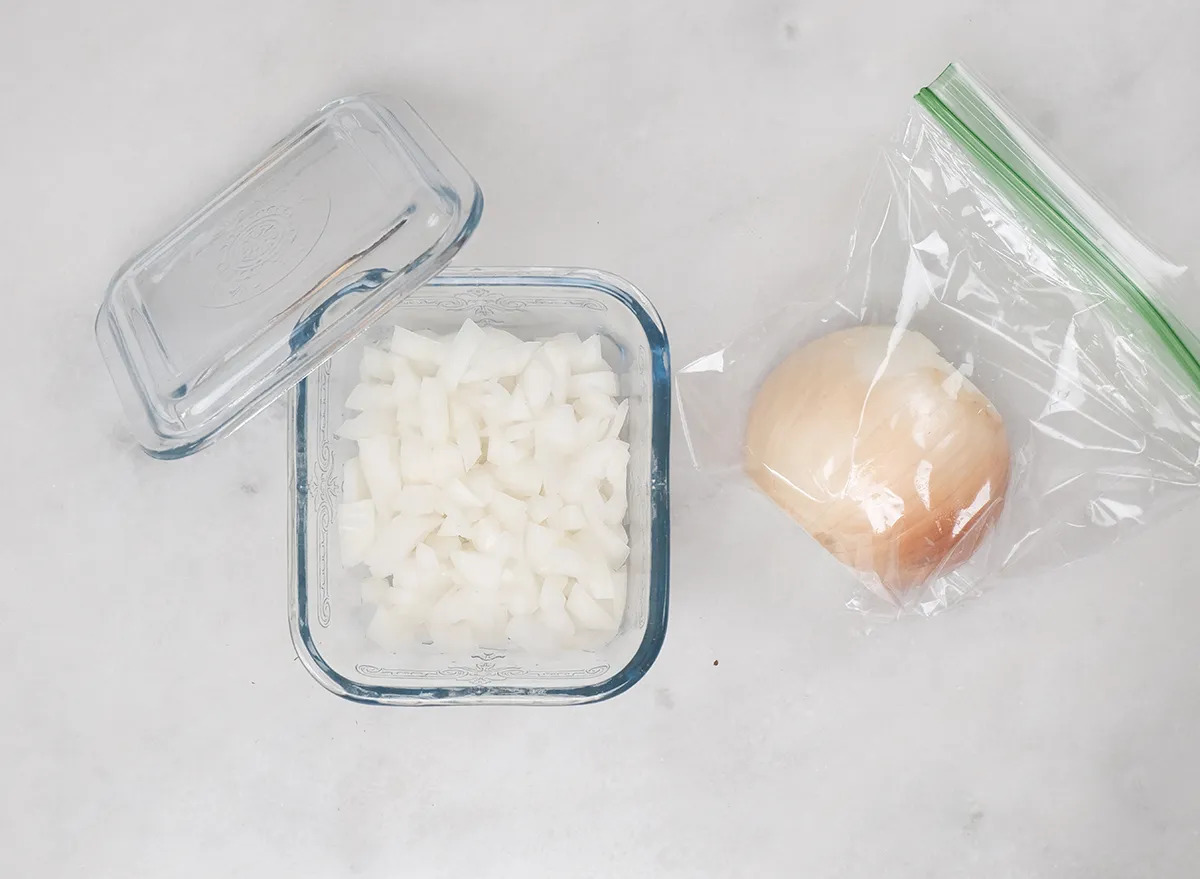
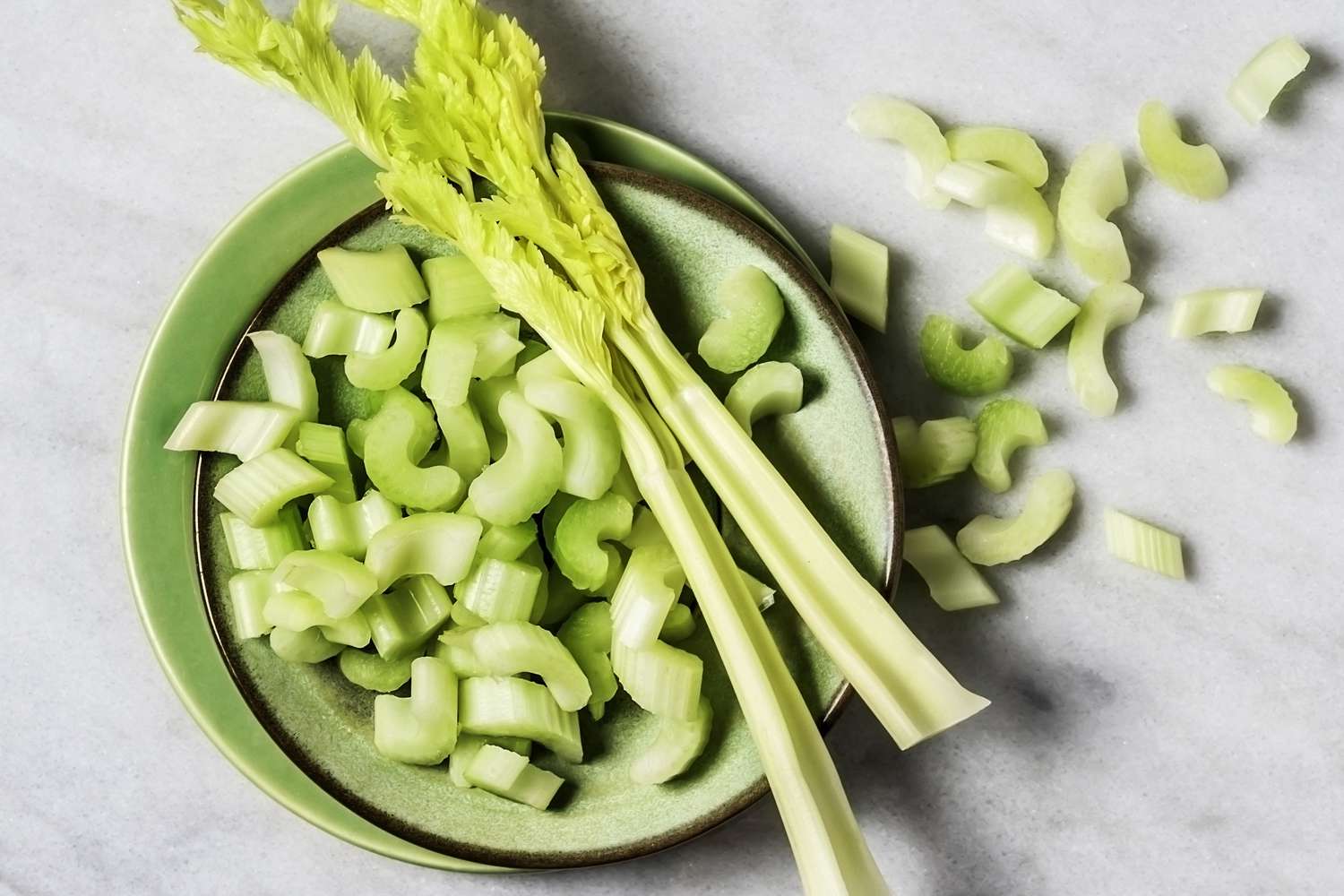
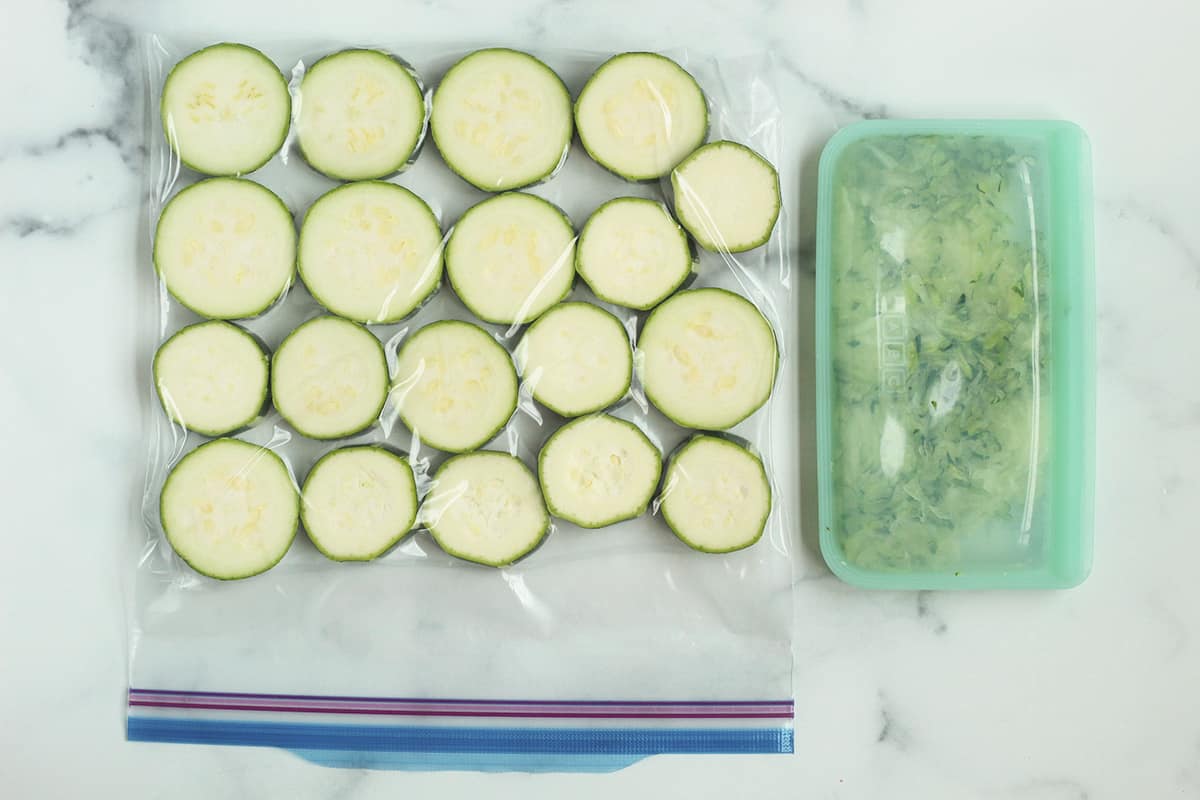
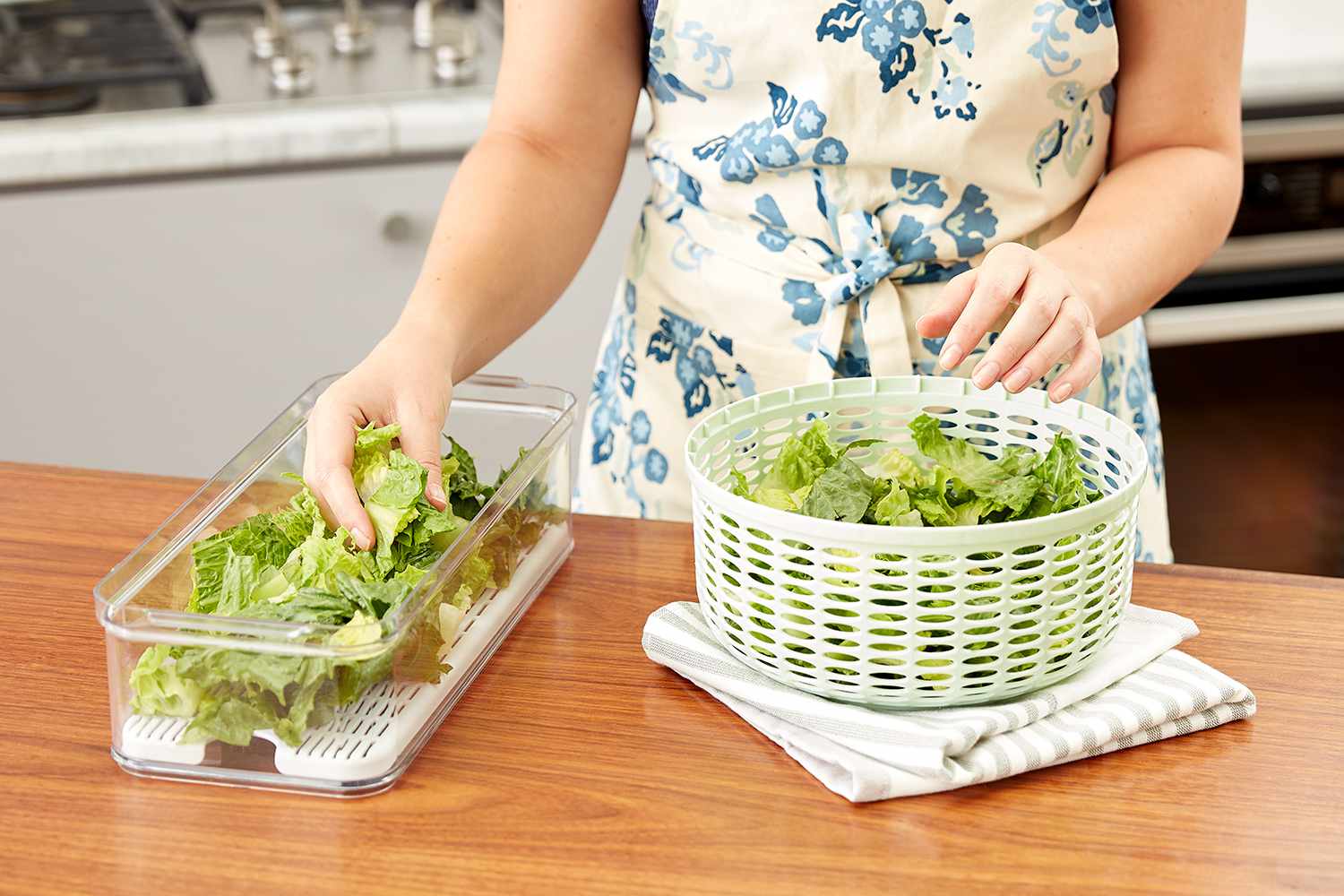
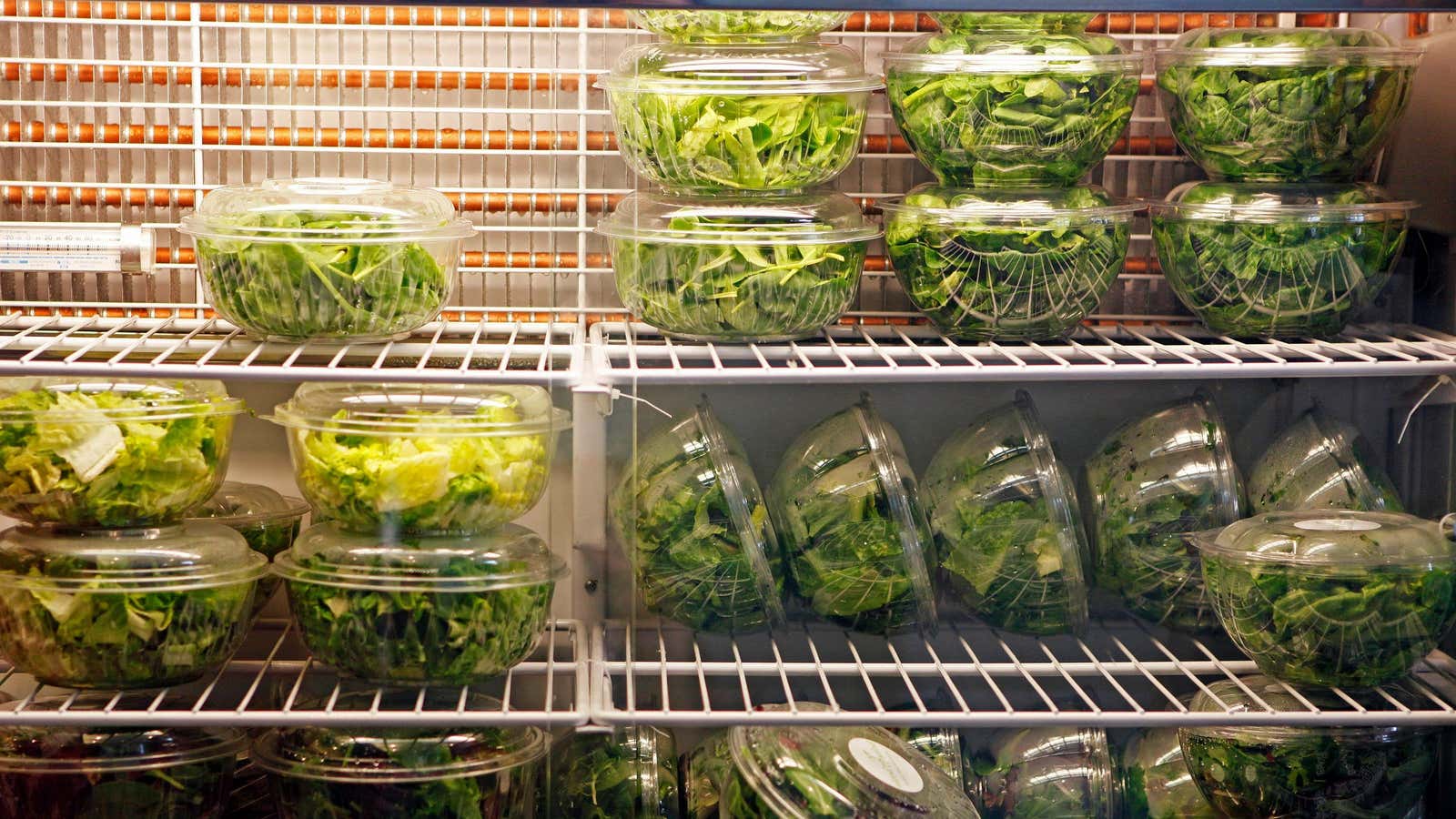
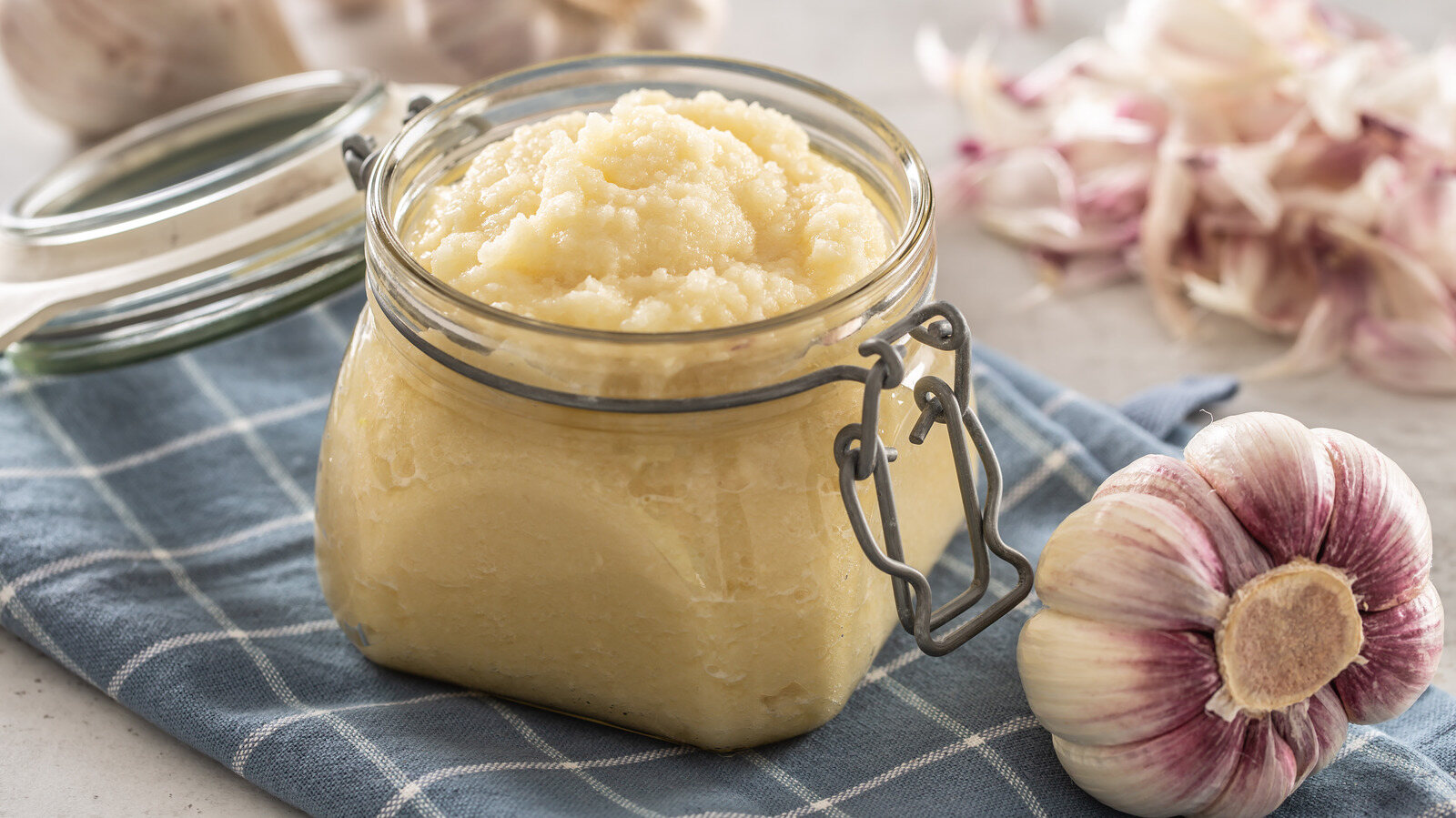
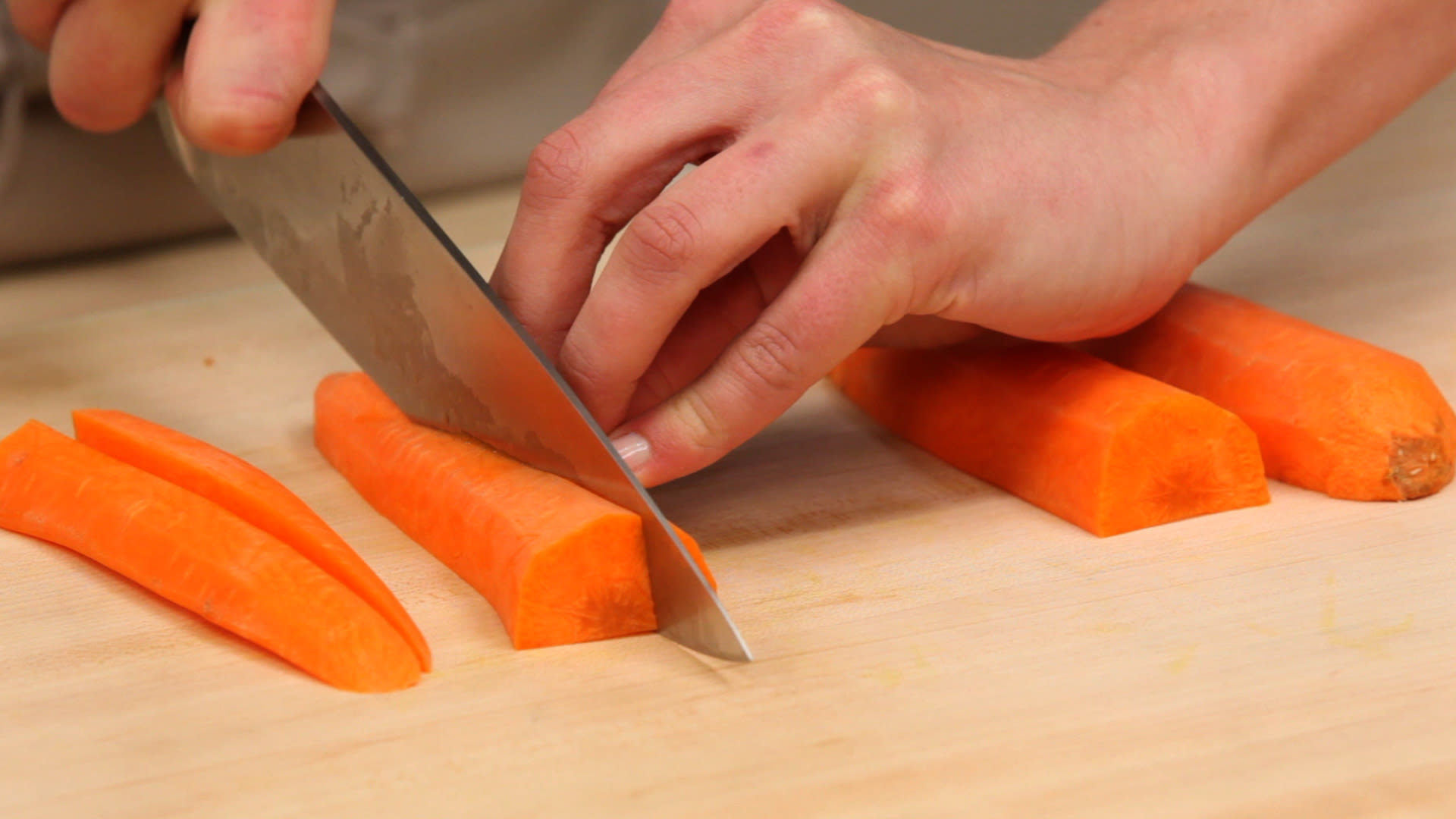
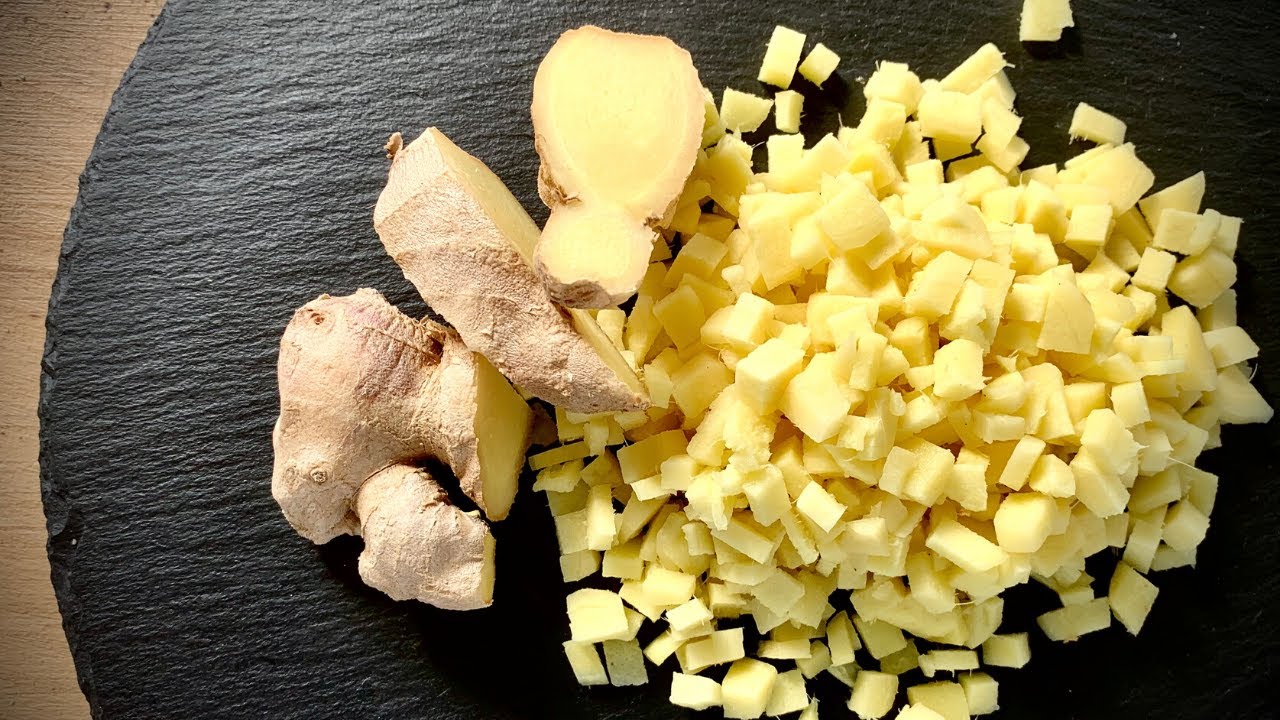
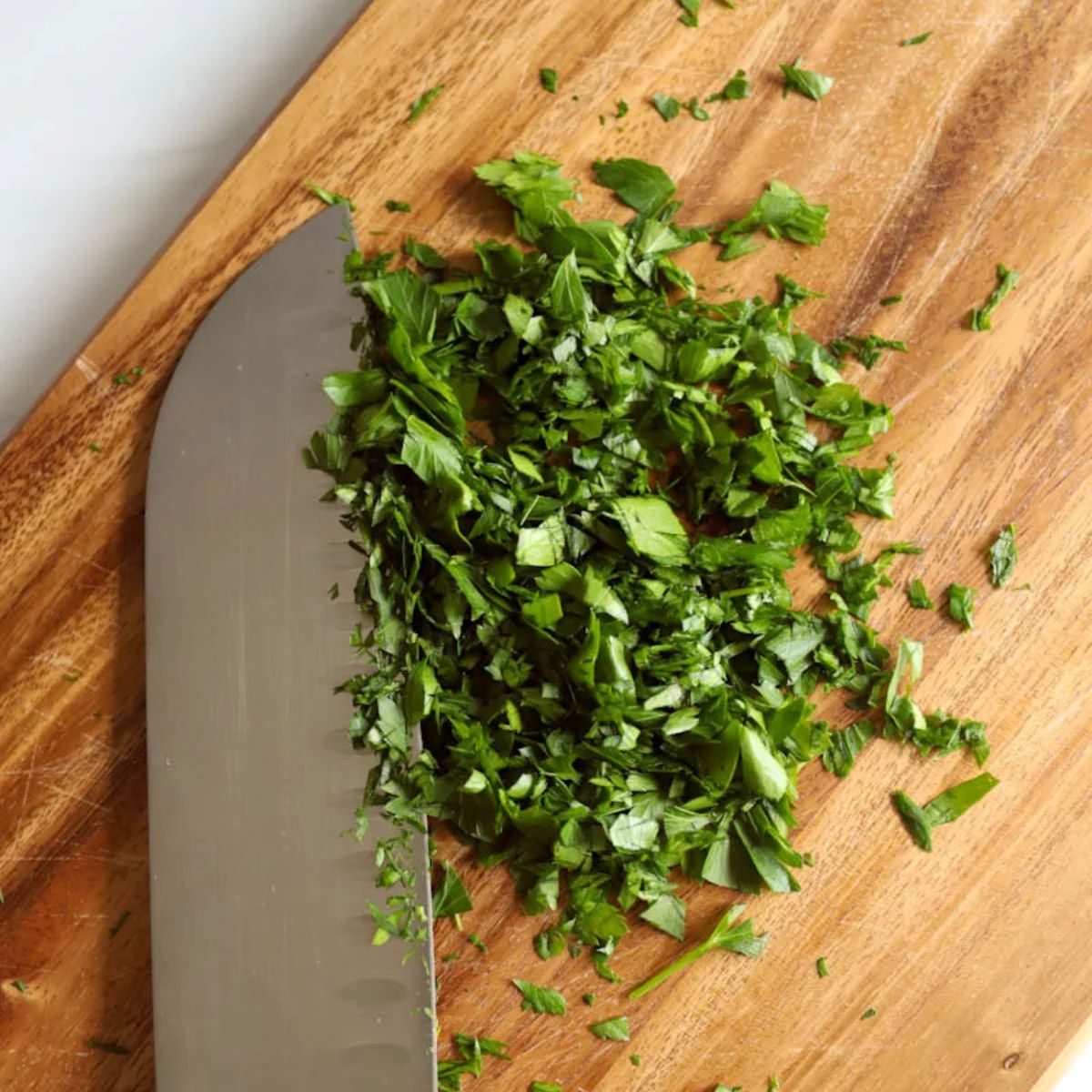
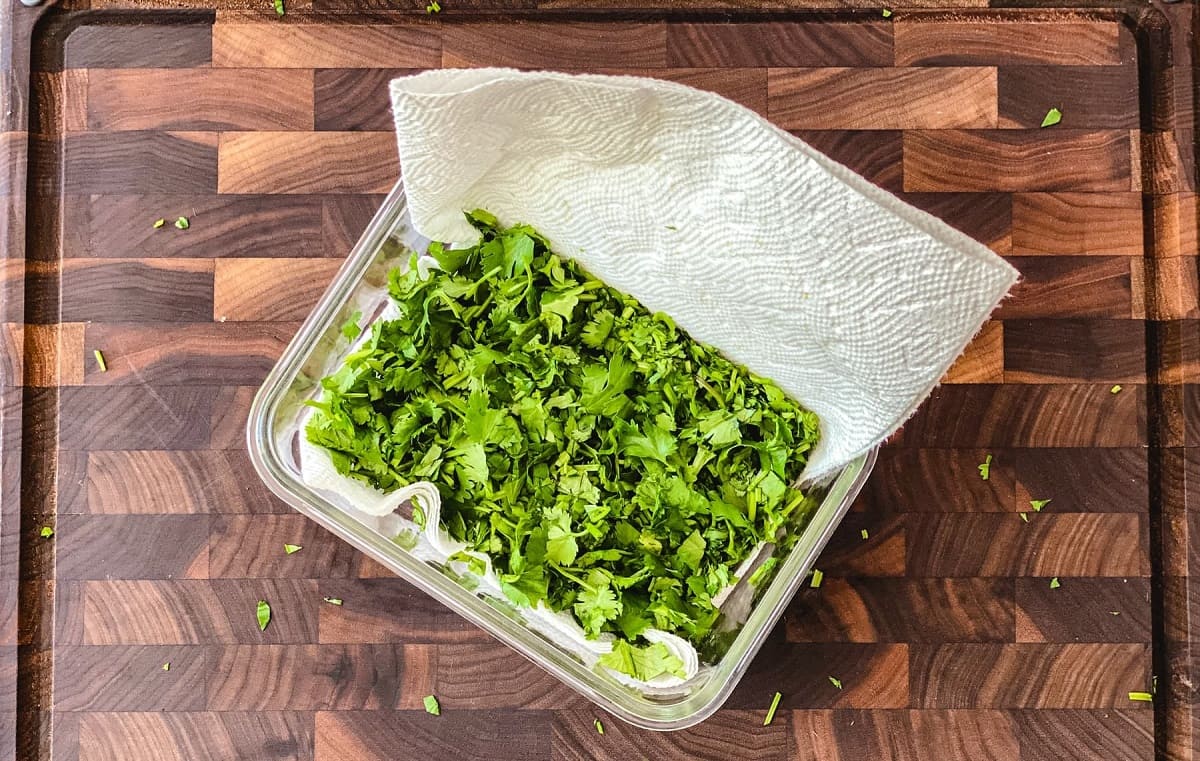
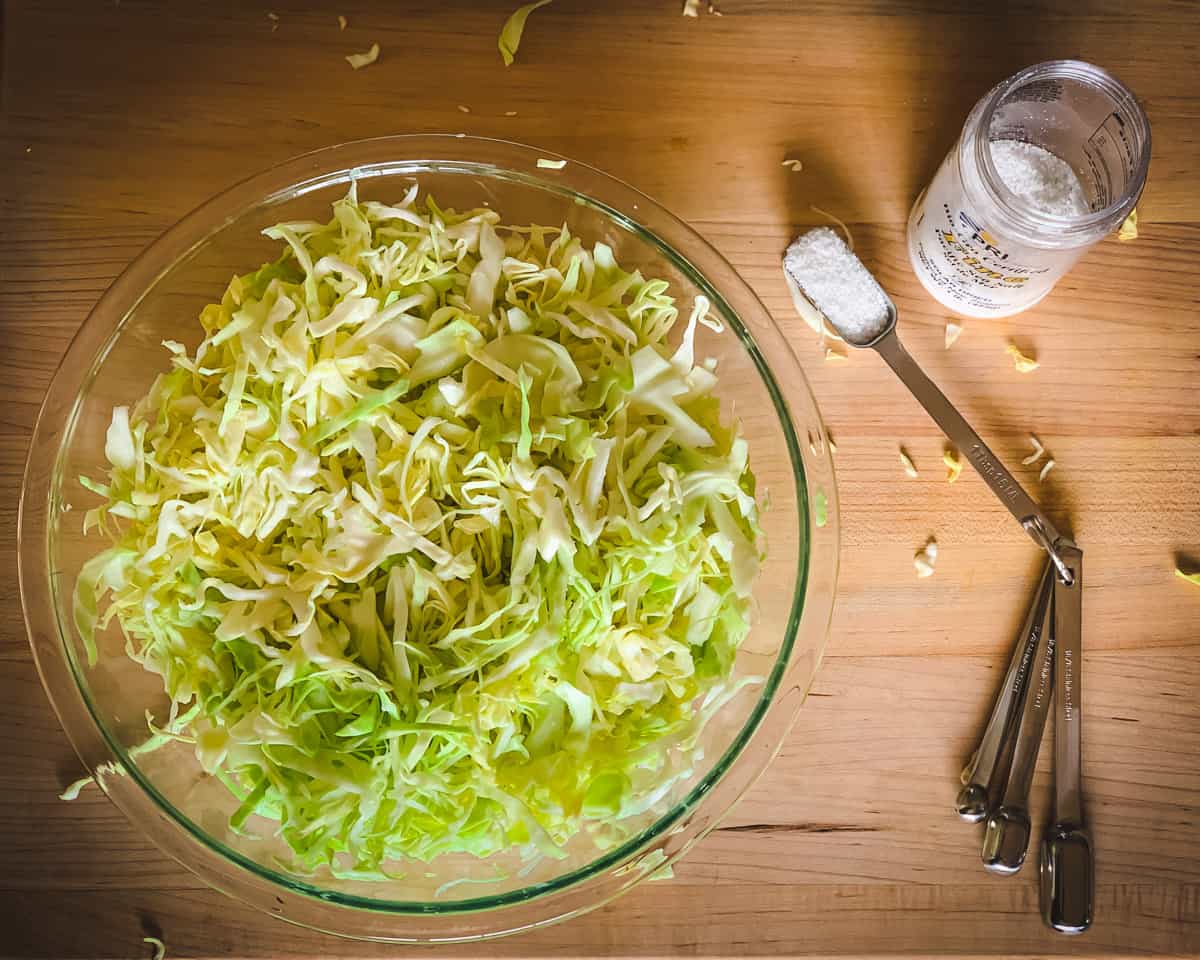
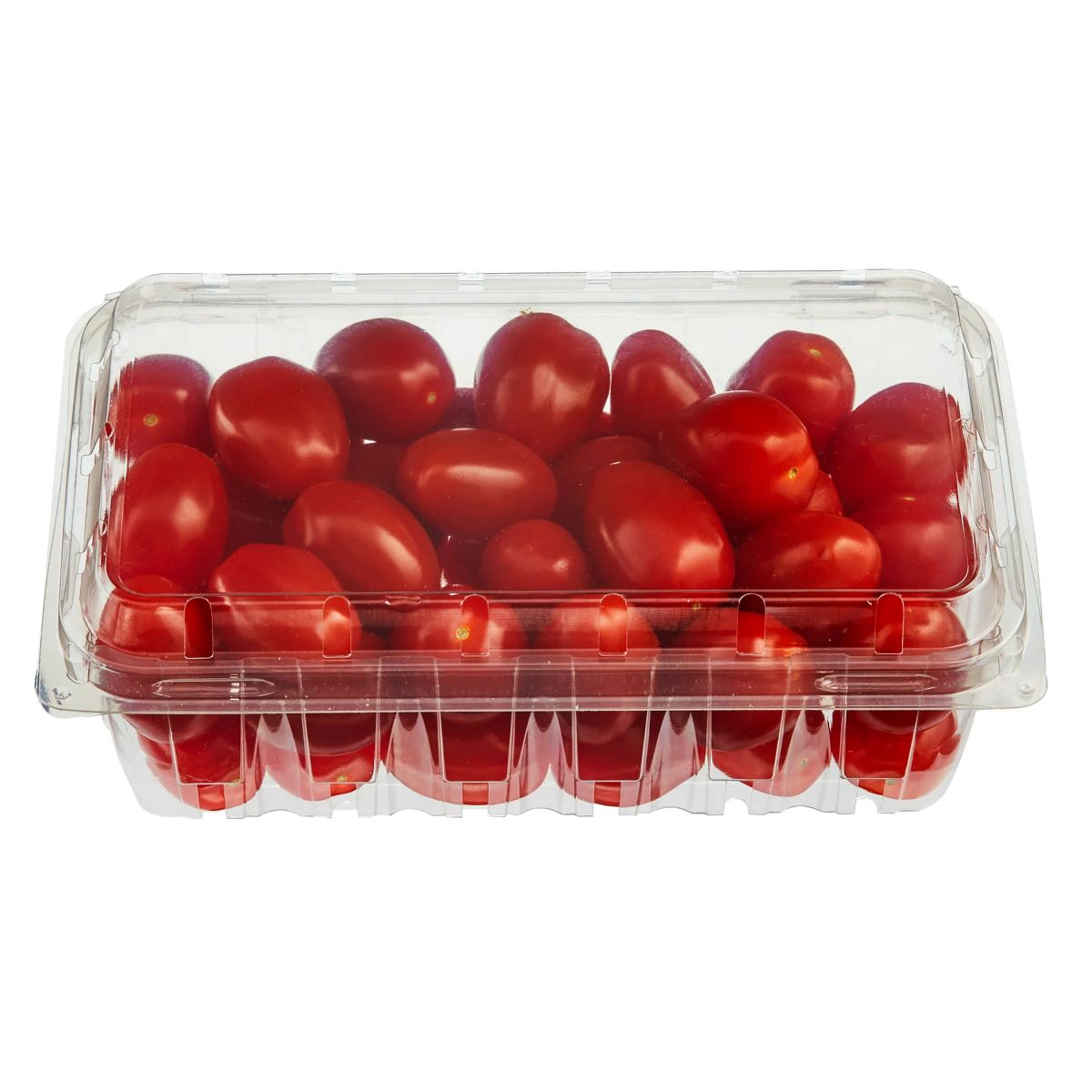
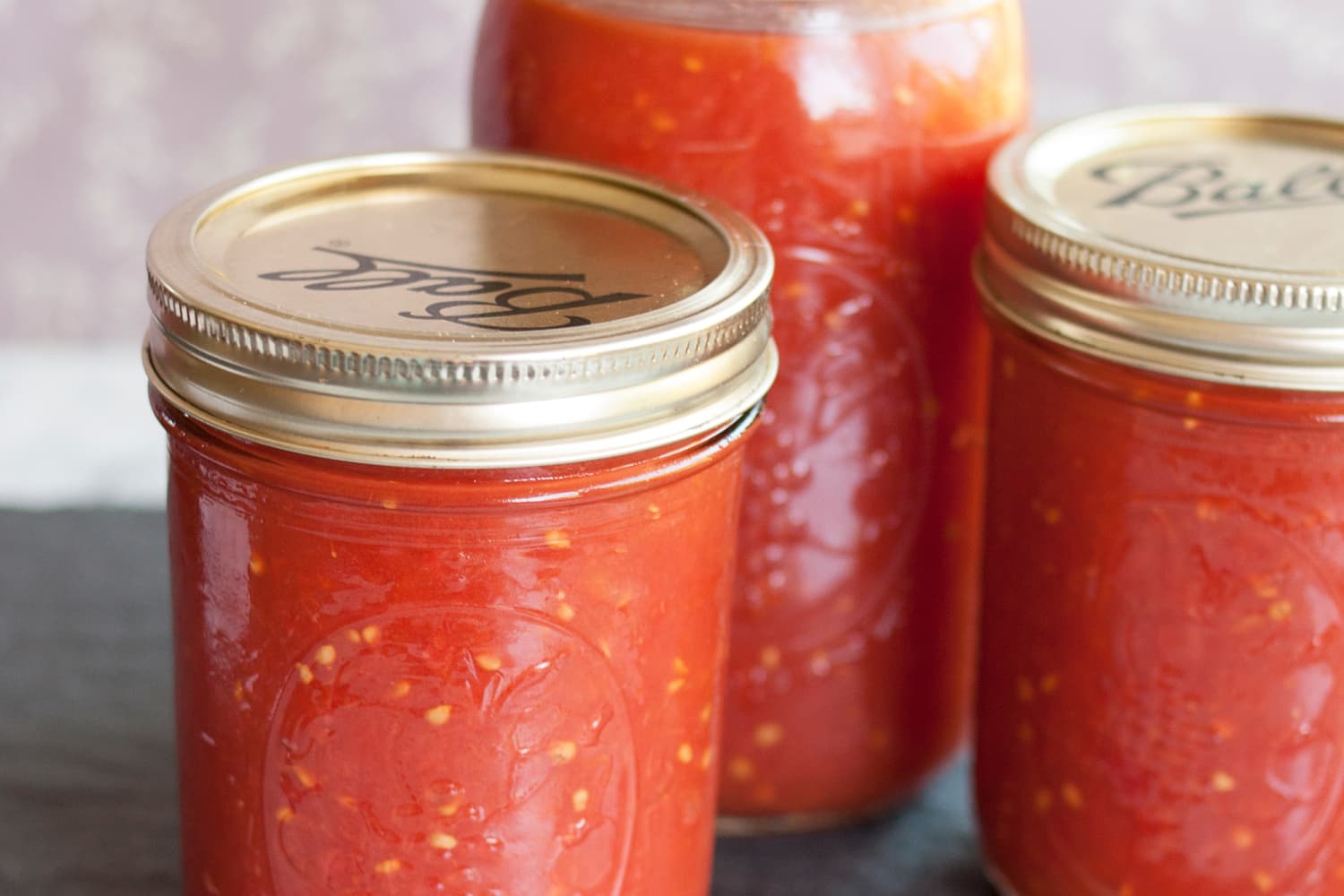
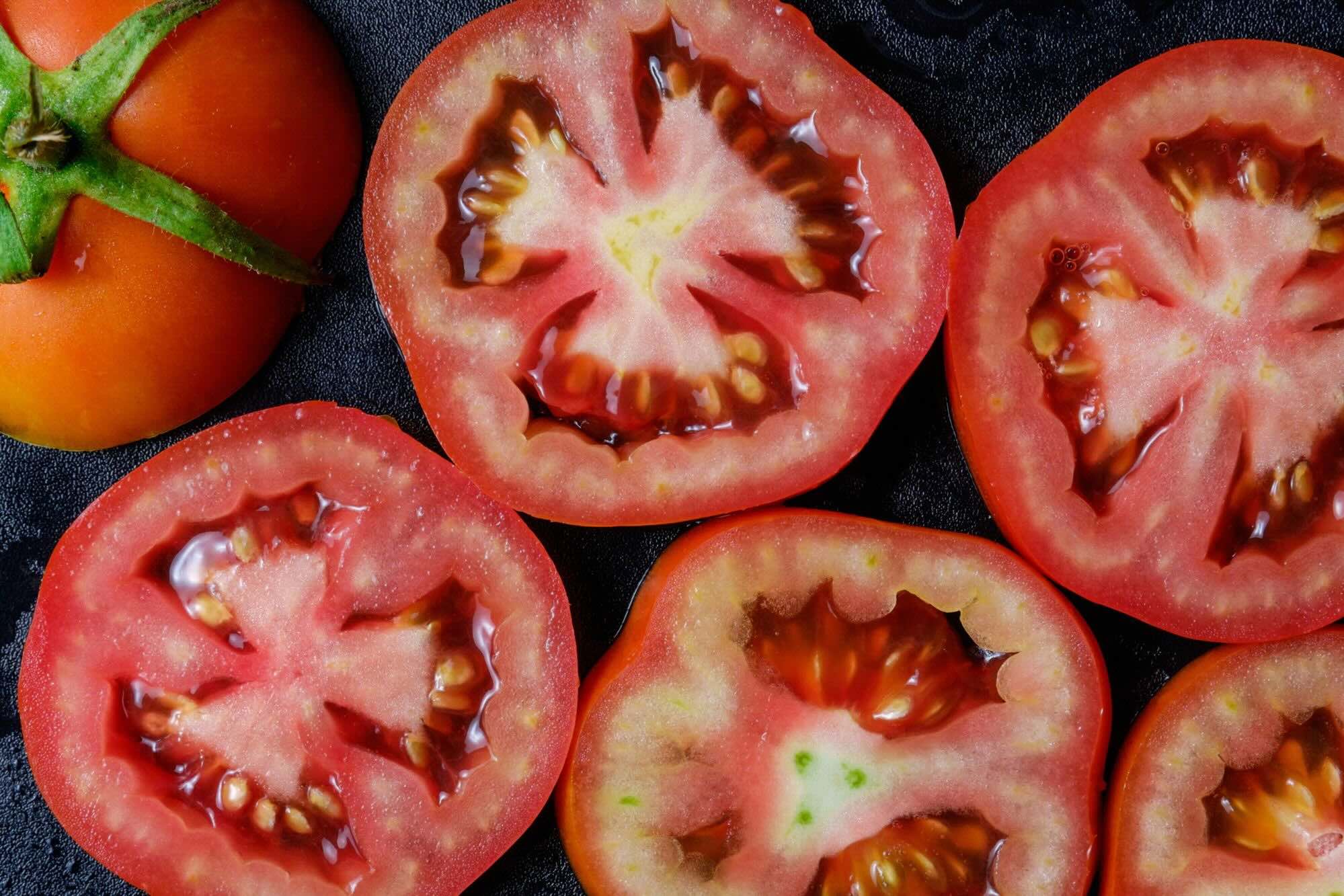

0 thoughts on “How To Store Chopped Tomatoes”